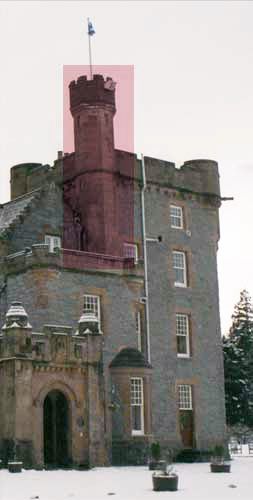
In architecture, a turret is a small tower that projects vertically from the wall of a building such as a medieval castle.

Gheorghe Țițeica publishing as George or Georges Tzitzéica) was a Romanian mathematician who made important contributions in geometry. He is recognized as the founder of the Romanian school of differential geometry.

The history of Bucharest covers the time from the early settlements on the locality's territory until its modern existence as a city, capital of Wallachia, and present-day capital of Romania.
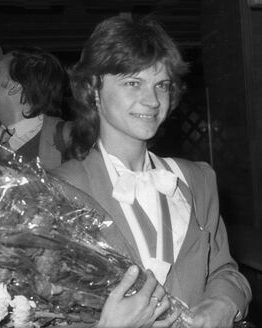
Paula Ivan is a retired Romanian middle-distance runner.

The Gheorghe Lazăr National College is a high school located in central Bucharest, Romania, at the southeast corner of the Cișmigiu Gardens, on the corner of Bulevardul Regina Elisabeta. One of the most prestigious secondary education institutions in Romania, it was named after the Transylvanian educator Gheorghe Lazăr, who taught at the Saint Sava College. Founded in 1860, it is the second oldest high school in Bucharest.
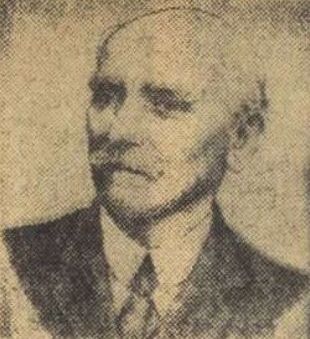
David Emmanuel was a Romanian Jewish mathematician and member of the Romanian Academy, considered to be the founder of the modern mathematics school in Romania.

A cartouche is an oval or oblong design with a slightly convex surface, typically edged with ornamental scrollwork. It is used to hold a painted or low-relief design. Since the early 16th century, the cartouche is a scrolling frame device, derived originally from Italian cartuccia. Such cartouches are characteristically stretched, pierced and scrolling.
Romanian architecture is very diverse, including medieval, pre-World War I, interwar, postwar, and contemporary 21st century architecture. In Romania, there are also regional differences with regard to architectural styles. Architecture, as the rest of the arts, was highly influenced by the socio-economic context and by the historical situation. For example, during the reign of King Carol I (1866–1914), Romania was in a continuous state of reorganization and modernization. In consequence, most of the architecture was designed by architects trained in Western European academies, particularly the École des Beaux-Arts, and a big part of the downtowns of the Romanian Old Kingdom were built during this period.

The National University of Arts in Bucharest is a university in Bucharest preparing students in fine arts. The National University of Arts is a higher education institution in Bucharest.

The Spiru Haret University is a private university in Bucharest, Romania, founded in 1991 by the president of Tomorrow's Romania Foundation, Aurelian Gh. Bondrea, as part of the teaching activities of this foundation. The university claims this has been done according to the model used by Harvard University. The university bears the name of a scientist and reformer of the Romanian education, Spiru Haret, who lived before World War I.
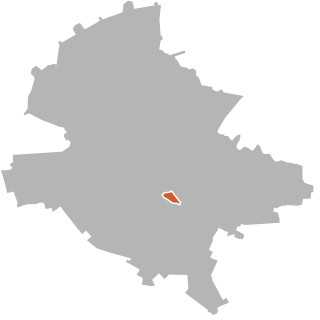
Tineretului is a small neighborhood in south Bucharest, Romania in Sector 4, close to the city center, named after the nearby Tineretului Park. It is one of the preferred neighborhoods by people seeking to buy an apartment. This is due to the well established public transportation, two nearby parks; along with banks, commercial spaces and schools. In 2015 there were 17,981 people registered living in this area.
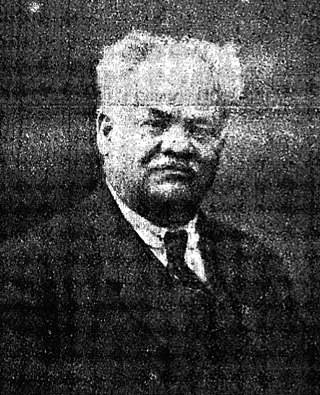
Gheorghe Bogdan-Duică was an Imperial Austrian-born Romanian literary critic. The son of a poor merchant family from Brașov, he attended several universities before launching a career as a critic, first in his native town and then in Czernowitz. Eventually settling in Bucharest, capital of the Romanian Old Kingdom, he managed to earn a university degree before teaching at a succession of high schools. Meanwhile, he continued publishing literary studies as well as intensifying an ardently nationalistic, Pan-Romanian activism. He urged the Romanian government to drop its neutrality policy and enter World War I; once this took place and his adopted home came under German occupation, he found himself arrested and deported to Bulgaria. After the war's conclusion and the union of Transylvania with Romania, he became a literature professor at the newly founded Cluj University. There, he served as rector in the late 1920s, but found himself increasingly out of touch with modern trends in literature.
Maria Cotescu (1896–1980) was one of the first female Romanian architects. She was most prolific in the period between the wars and was one of the few architects of the period whose theoretical design writings were parallel to her design implementation. She is most known for large industrial works, like the Romanian Railway Company's industrial and office project.
Henrieta Delavrancea (1897–1987) was a Romanian architect and one of the first female architects admitted to the Superior School of Architecture in Bucharest, but because of the suspension of her classes during World War I, she was not the first female to graduate. She was one of the best known women architects in Romania and a significant contributor to the modernist school of Romanian architecture, until state-controlled design in the communist era curtailed individuality.
Nicolae P. Bănescu was a Romanian historian, elected a titular member of the Romanian Academy in 1936.

Doina Marilena Ciocănea is a Romanian architect.

Romanian Revival architecture is an architectural style that has appeared in the late 19th century in Romanian Art Nouveau, initially being the result of the attempts of finding a specific Romanian architectural style. The attempts are mainly due to the architects Ion Mincu (1852–1912), and Ion N. Socolescu (1856–1924). The peak of the style was the interwar period. The style was a national reaction after the domination of French-inspired Classicist Eclecticism. Apart from foreign influences, the contribution of Romanian architects, who reinvented the tradition, creating, at the same time, an original style, is manifesting more and more strongly. Ion Mincu and his successors, Grigore Cerchez, Cristofi Cerchez, Petre Antonescu, or Nicolae Ghica-Budești declared themselves for a modern architecture, with Romanian specific, based on theses such as those formulated by Alexandru Odobescu around 1870:
"Study the remains – no matter how small – of the artistic production of the past and make them the source of a great art (...) do not miss any opportunity to use the artistic elements presented by the Romanian monuments left over from old times; but transform them, change them, develop them ..."

Mihai Viteazul National College is a high school located at 62 Pache Protopopescu Boulevard, Bucharest, Romania. One of the most prestigious secondary education institutions in Romania, it was named after the Romanian ruler Michael the Brave.
Events from the year 1962 in Romania. The year saw the end of the collectivization of agriculture and increasing de-satellization of Communist Romania as the country last publicly supported the Soviet Union against China and took part is Warsaw Pact army exercises.














